|
The Decree classifies communes in ethnic minority and mountainous areas into three development zones. In the photo: Weaving in A Luoi |
The Decree consists of 6 chapters and 14 articles , specifically regulating the criteria for determining villages, communes, and provinces in ethnic minority and mountainous areas, classifying them according to the level of development, along with the process, records, and authority to determine and announce the results of the determination. This is a new step forward in state management, contributing to overcoming the overlapping and inadequacies in determining the areas and beneficiaries of policies in the past.
Clear and practical criteria
According to the Decree, the determination of ethnic minority areas is based on the proportion of ethnic minorities living stably. A village is considered an ethnic minority area when it has 15% or more ethnic minorities. Similarly, a commune has 15% or more ethnic minorities or 4,500 or more ethnic minorities; a province is determined when at least 15% of the population is ethnic minorities or 2/3 of the communes are ethnic minority communes.
For mountainous areas, the Decree specifically stipulates altitude and terrain: a village, commune, or province is classified as mountainous if at least 2/3 of its natural area is at an altitude of 200 meters or higher or has a terrain slope of 15% or higher. These criteria reflect geographical characteristics, ensuring objectivity and suitability to the natural conditions and practices of each region.
A notable point is that the criteria for defining particularly difficult villages require villages to have at least 2 out of 3 criteria: multidimensional poverty rate 4 times higher than the national average; less than 60% of village roads are paved; or less than 90% of households have access to the national grid. For the Mekong Delta, poverty criteria are flexibly adjusted to reflect the local characteristics.
The Decree classifies communes in ethnic minority and mountainous areas into three development zones:
Area I: developing communes, with less than 3 difficulty criteria;
Area II: disadvantaged communes, with 3 to 5 criteria;
Region III: extremely difficult communes, with 6 or more criteria or with over 50% extremely difficult villages.
The assessment criteria include per capita income, poverty rate, transport infrastructure, electricity, clean water, health care, education , culture - sports, internet and environmental sanitation. This is a multidimensional criteria system, comprehensively reflecting the living standards and access to basic services of the people.
The Decree emphasizes the digital transformation and information infrastructure factors when stipulating that the rate of villages with mobile internet or fixed broadband services below 95% is one of the criteria for assessing the level of difficulty. This shows that the new policy orientation does not only stop at supporting social security, but also aims to narrow the digital gap between mountainous and lowland areas, creating conditions for ethnic minorities to access information, education and the digital labor market.
|
The Decree demonstrates the Government 's concern for ethnic minority and mountainous areas. |
Ensuring inheritance and stability
Decree 272/2025 takes effect from December 1, 2025. In case the list of villages, communes and provinces has not been announced by January 1, 2026, the Government allows the temporary application of the current list issued under Decision No. 33/2020/QD-TTg until March 31, 2026. This approach ensures continuity in policy implementation and avoids interruptions in support for localities.
The issuance of the above Decree demonstrates the Government's interest in prioritizing the development of ethnic minority and mountainous areas. Clearly defining regions and levels of difficulty is the basis for allocating resources fairly and effectively, and at the same time helping to monitor the development progress of each locality. When policies are implemented consistently, based on specific data, ethnic minority areas will have more conditions to rise up to become self-reliant, reduce poverty sustainably, and contribute to realizing the goal of "leaving no one behind" in the development journey.
According to the Government Office
Source: https://huengaynay.vn/chinh-tri-xa-hoi/buoc-tien-trong-quan-ly-phat-trien-vung-dan-toc-thieu-so-158927.html


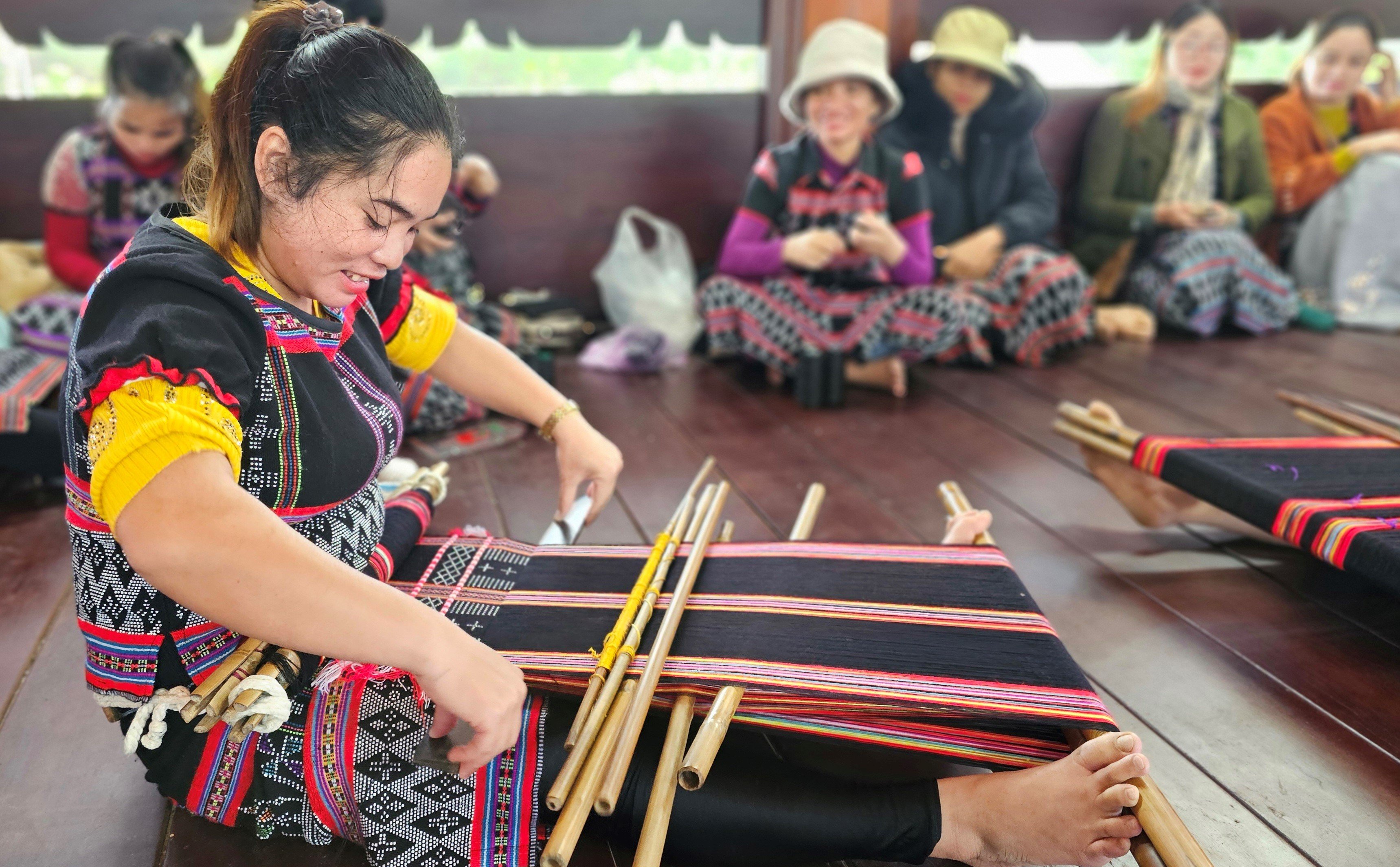
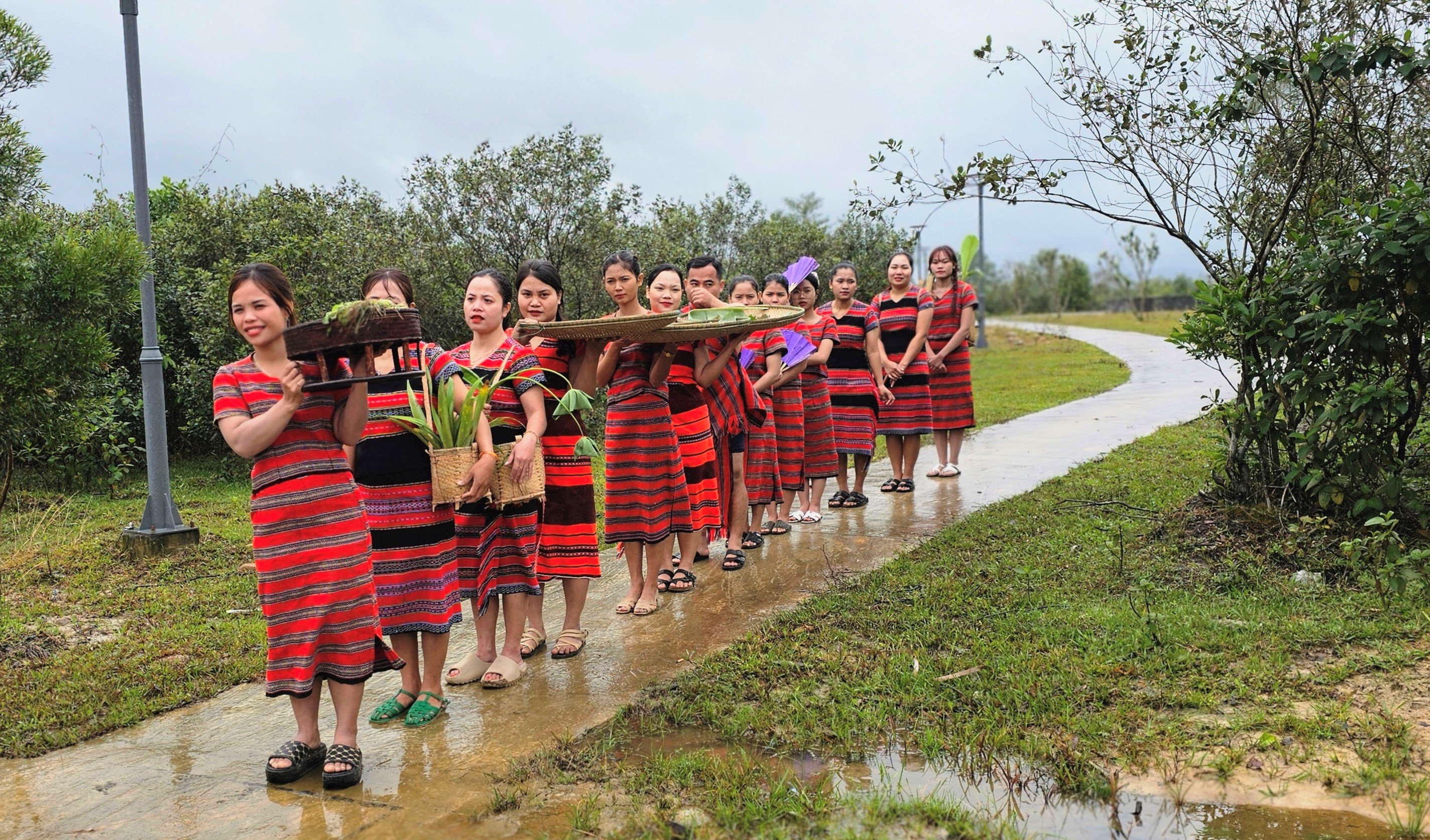












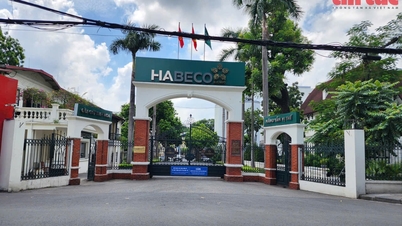



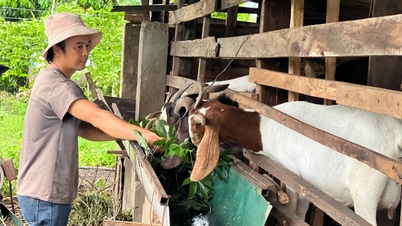
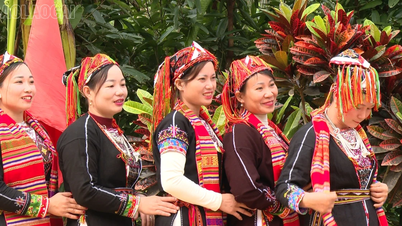

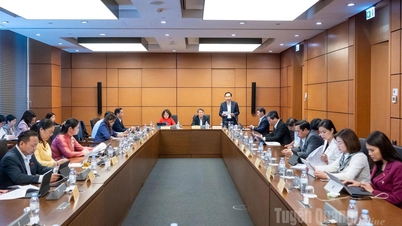

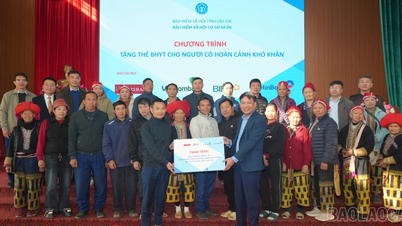

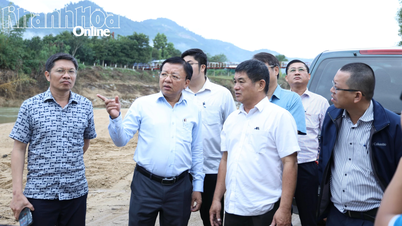







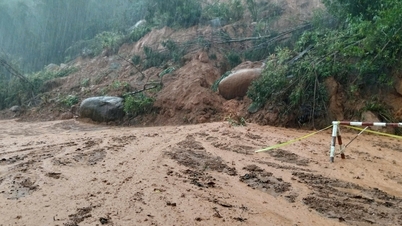
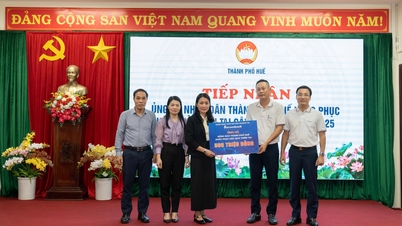

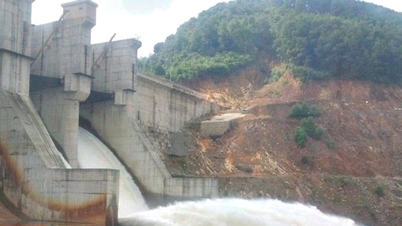

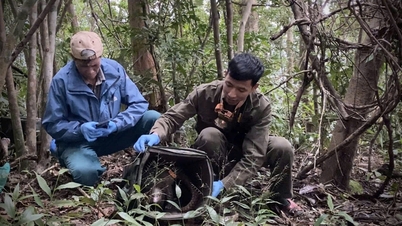
![[Photo] Worshiping the Tuyet Son statue - a nearly 400-year-old treasure at Keo Pagoda](/_next/image?url=https%3A%2F%2Fvphoto.vietnam.vn%2Fthumb%2F1200x675%2Fvietnam%2Fresource%2FIMAGE%2F2025%2F12%2F02%2F1764679323086_ndo_br_tempimageomw0hi-4884-jpg.webp&w=3840&q=75)
![[Photo] Parade to celebrate the 50th anniversary of Laos' National Day](/_next/image?url=https%3A%2F%2Fvphoto.vietnam.vn%2Fthumb%2F1200x675%2Fvietnam%2Fresource%2FIMAGE%2F2025%2F12%2F02%2F1764691918289_ndo_br_0-jpg.webp&w=3840&q=75)
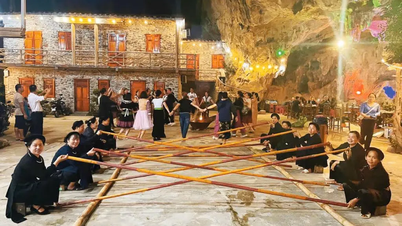



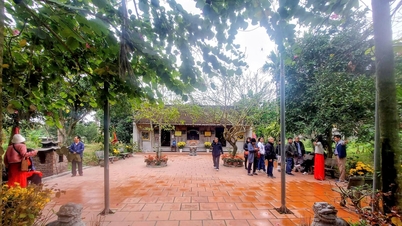













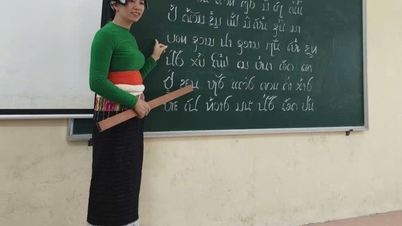

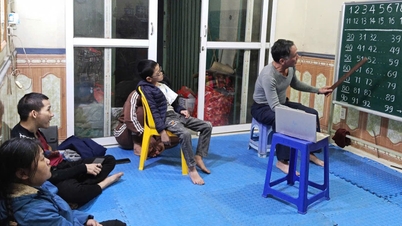

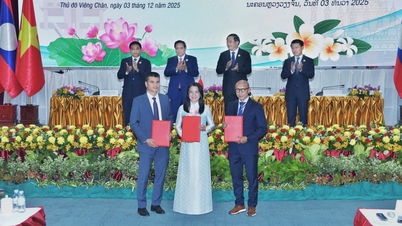




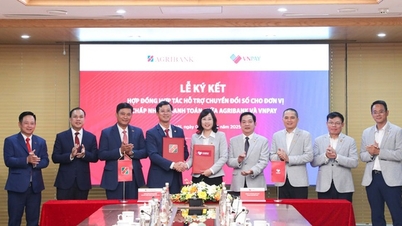












































Comment (0)